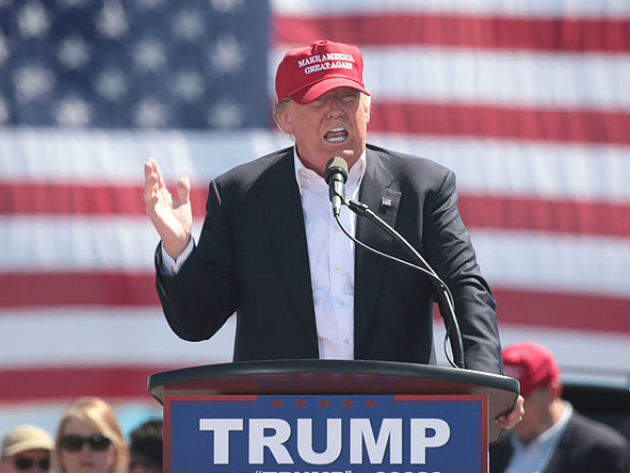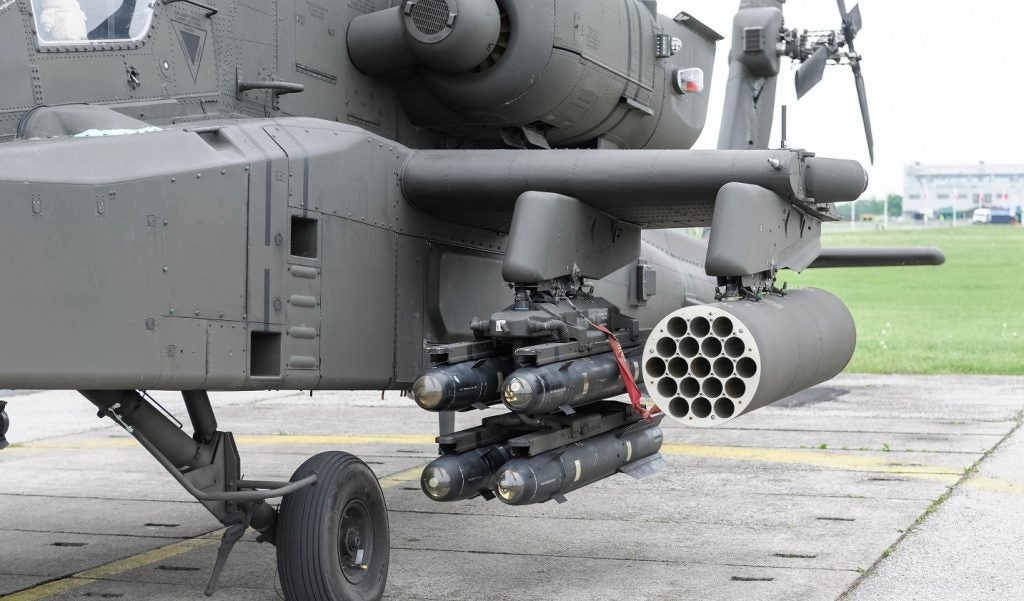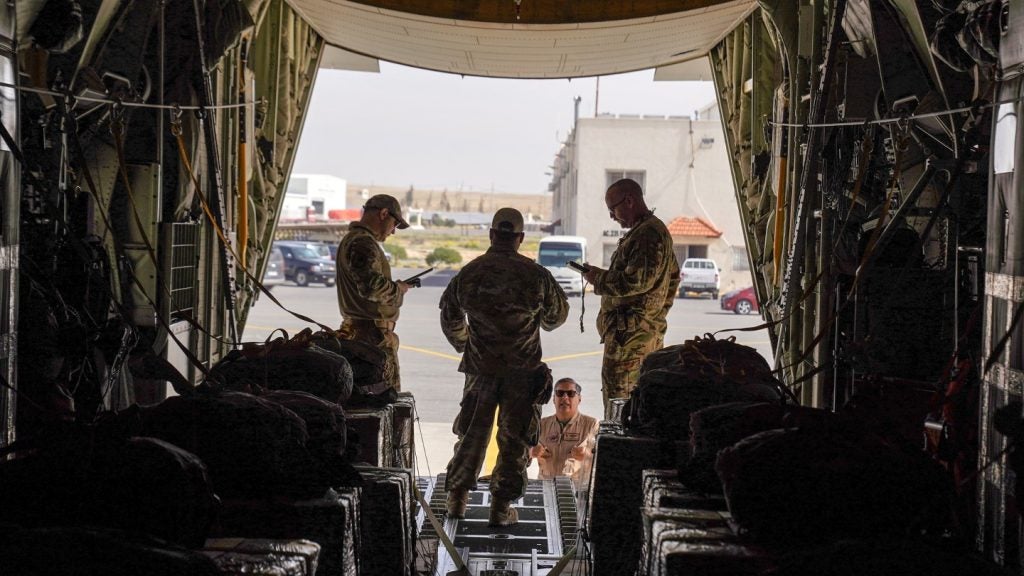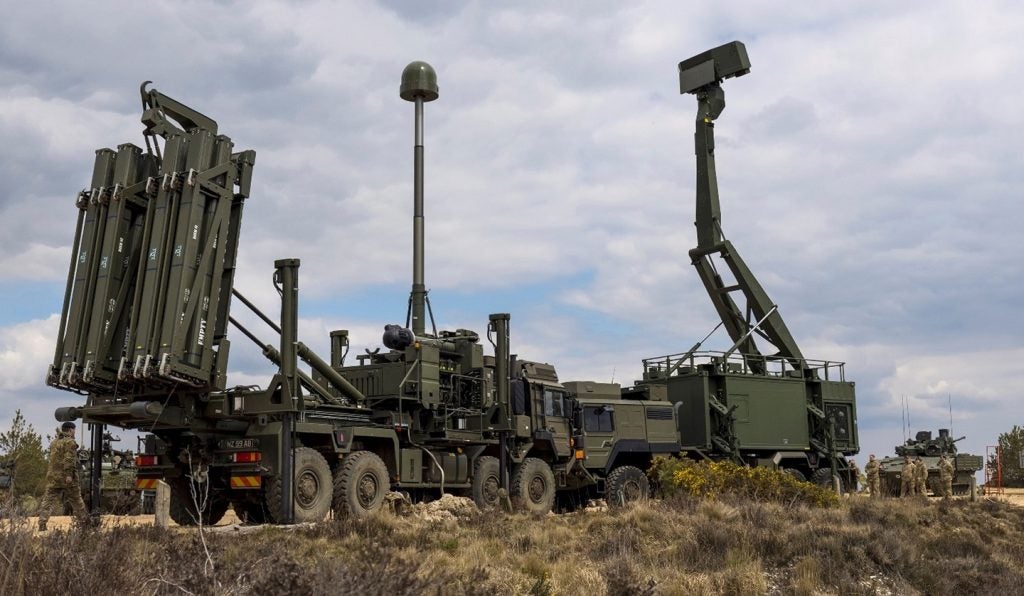

Last year’s race to the White House saw extraordinary claims, counter-claims, rumours and accusations raining down from both sides, and slogans and tweets too often left standing in for oratory and reasoned debate. Time and again, it seemed policy became lost amid the populism, particularly when it came to defence.
Throughout his journey to becoming the 45th President of the United States, Donald Trump could hardly have made the main thrust of his intended national security policy any clearer and his fundamental message has been a consistently simple one. He wants to make America’s military strong again. Rebuilding US forces, removing the spending limits imposed by the 2011 Budget Control Act and providing better care for veterans were central pillars of the platform that saw him elected, and few in Washington doubt his desire to deliver on these promises.
Trump’s plan: a big budget boost across the services
His specific pledges include bold moves to boost the navy’s fleet by nearly 30% to a total of 350 ships, ensure the air force has the full operational inventory of 1,200 combat aircraft it requires, bring army numbers up to 540,000 and increase the US Marine Corps to 36 battalions. He also intends to “develop a state-of-the-art missile defence system to protect against missile-based attacks from states like Iran and North Korea.”
Seeing Trump’s goals through will involve decades of building programmes, recruitment drives and development costs, leading many analysts to predict the forthcoming budget request for fiscal 2018 will see the start of a significant ramping up of military spending – perhaps up by over 15%. That could chime well with a large number of people, within Congress, the Pentagon and among the wider American public, who feel the US has been left overly weakened as a result of years of defence budget cuts.
See Also:
Testifying before the Senate Armed Services Committee in January, Dakota Wood, a former US Marine and now the senior research fellow for defence programmes at the Heritage Foundation think tank, described such a move as “an absolutely critical opportunity”. It would, he said, “put our potential adversaries on notice that the US intends to operate from a position of strength, and it will give assurance to our allies that we will fulfil our commitments to them.”
How well do you really know your competitors?
Access the most comprehensive Company Profiles on the market, powered by GlobalData. Save hours of research. Gain competitive edge.

Thank you!
Your download email will arrive shortly
Not ready to buy yet? Download a free sample
We are confident about the unique quality of our Company Profiles. However, we want you to make the most beneficial decision for your business, so we offer a free sample that you can download by submitting the below form
By GlobalDataSecuring a future for NATO
A great many feathers have been ruffled over that latter point, particularly in Europe, by President Trump’s characterisation of NATO as “obsolete” and they have been only partly re-smoothed by his subsequent promise of 100% support, made during UK Prime Minister May’s recent visit.
Although he accepts the overall importance of NATO, Trump believes it has some major flaws. From his perspective, NATO has not been particularly effective in suppressing the terror threat, and aside of the US itself, only four of its other members are actually meeting their financial obligations.
There is more than a little suspicion, too, that much of what scant defence contribution some European countries have made has gone to support EU defence initiatives, rather than making its way into NATO coffers. The uncomfortable truth is that years of peace and the end of the Cold War have meant that defence spending has assumed a progressively lower priority, and it has become too easy to shelter under the American umbrella, letting US tax dollars police the world.
In his inaugural speech, Trump said that “for many decades” the US had “subsidised the armies of other countries while allowing for the very sad depletion of our military” and “defended other nation’s borders while refusing to defend our own”.
Those times are, it seems, coming to an end, and while it is hard to imagine that a Trump-led administration really would fail to honour Article 5 of the Treaty, and leave an attacked NATO member to its fate, he does expect everyone to pay their fair share. To put it bluntly, if Europe is looking to America to be its bulwark against the threat it perceives from a re-emergent Russia, it will have to start reaching for its cheque-book.
Is a new arms race already underway?
The role of Russia, of course, featured as a recurrent theme throughout the campaign, from speculation over Trump’s relationship with President Putin, right up to allegations of hacking, leaking and interference in the election process itself.
Against that febrile backdrop, it is not surprising that the oft-repeated quote “let it be an arms race, we will outmatch them at every pass and outlast them all,” first reported by MSNBC TV host Mika Brzezinski after her telephone conversation with the then president-elect in December, has been taken to be aimed at Moscow. It was, after all, made less than a day after Putin had called on his own military to beef up its strategic nuclear potential. However, while it suits a certain narrative to interpret it exclusively in this way, it seems much more likely that the “them” the newly elected POTUS was referring to here also includes North Korea, Iran and China.
His tweet from 22 December, that “The United States must greatly strengthen and expand its nuclear capability until such time as the world comes to its senses regarding nukes” does not, as some have suggested, indicate his desire to begin a new arms race, so much as an acknowledgement that one is already underway. During the Obama years, while US ballistic missile defences declined, North Korea, Iran, China and Russia have been replacing, updating and refining their capabilities, leaving them well in advance of where they were a decade ago. Trump’s US looks to be seeking to redress that balance too.
Playing the game
There have already been signs as to how the new president will go about the practical business of achieving all of these ambitions, and where his strategic defence goals really lie. He has made no secret of the fact that he will expect NATO members to pay their dues, and other countries to contribute more for the security that the US provides. He has not hidden his intent to speak meaningfully with Putin, nor his opposition to the deal which “puts Iran, the number one state sponsor of radical Islamic terrorism, on a path to nuclear weapons.”
When it comes to the nuts-and-bolts issues of budgets and acquisitions, his position is just as clear; although he now occupies the Oval Office, at heart Donald Trump is a deal-maker and he likes a bargain. The clues to how this may play out over his term in office are there in his comments on the cost of the new Air Force One, and his (entirely impractical) suggestion of replacing the beleaguered F-35 with a ‘comparable’ F-18 Super Hornet – whatever that might be.
While his opponents may claim this kind of talk simply highlights how little he knows about the subject, it is equally possible that he is playing the game with defence contractors on his own terms – as a business man driving a deal. Will Trump walk away from the F-35 deal? Unlikely – but he could well drive the price down with the threat that he might.
Military readiness
For the navy and air force in particular, the Trump presidency promises to prioritise high-visibility, high-impact procurement programmes which will help bolster American interests in the short term. It will help deliver the defence – and heightened national prestige – that the US public wants, at a price it can better afford, even if the president’s vision for the longer term, particularly in R&D terms, appears somewhat less clear.
There is, however, a certain, unarguable logic to prioritising platforms and systems that can provide US forces with an immediate and significant capability boost. Like him or loathe him, in following his promise to “pursue the highest level of military readiness” he is simply doing what he said he would all along.







